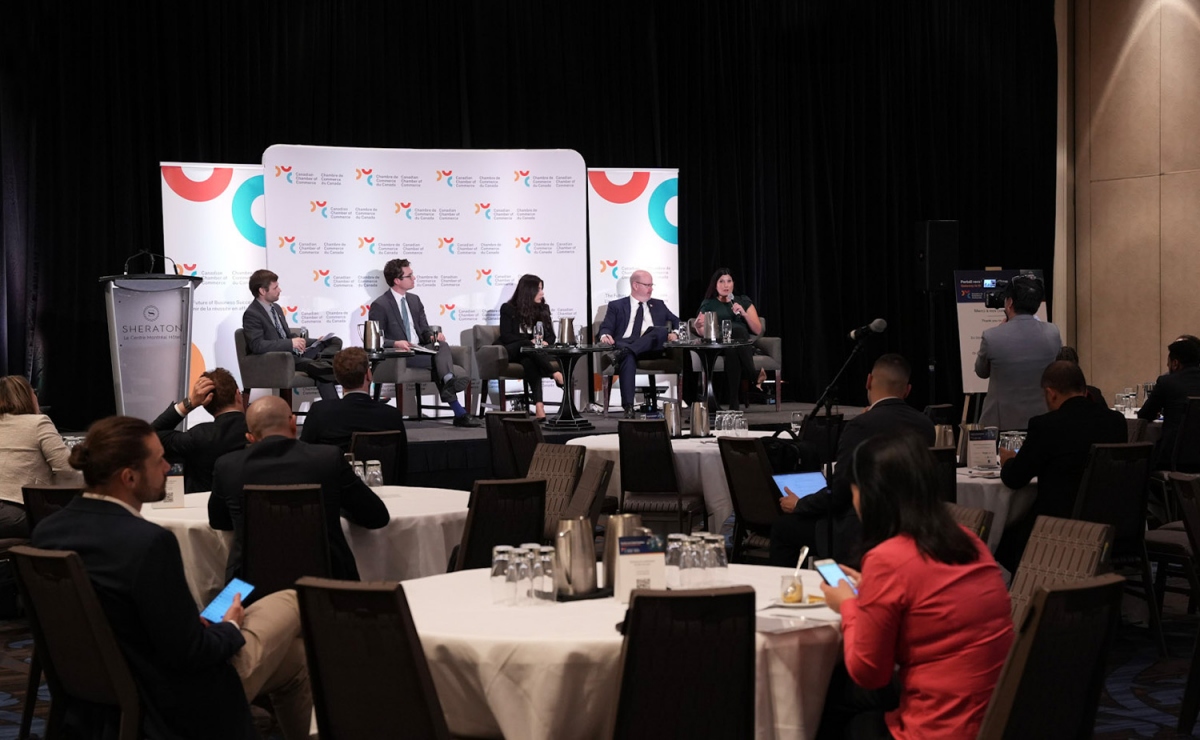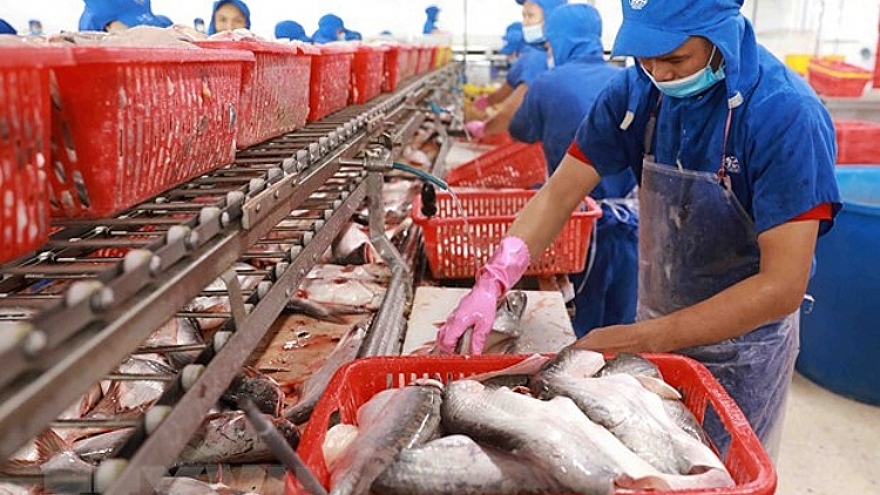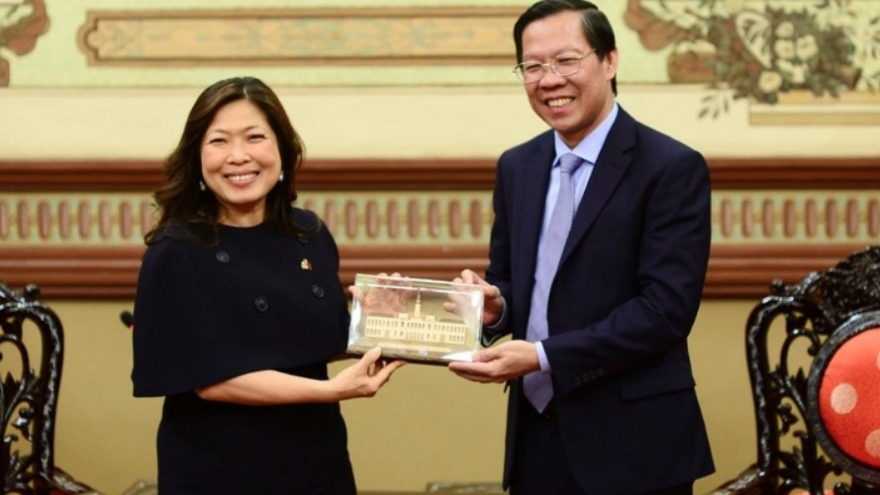Canada regards Vietnam as gateway to Indo-Pacific region
VOV.VN - The Canadian city of Quebec views Vietnam as a gateway to the Indo-Pacific, which can be considered a rapidly growing and dynamic region, according to Florent Favrel, director of the Federation of Chambers of Commerce of Quebec.

Following the successful trip made to Vietnam and Malaysia by the Canadian trade delegation led by Minister of International Trade Mary Ng, Ottawa is actively targeting this region with activities as part of efforts to prepare for the Northern American country's firms to invest and conduct business successfully in the Indo-Pacific region.
The recent "Gateway to the Indo-Pacific" event was jointly organised by the Canadian Chamber of Commerce and the Export Development Canada (EDC), serving as a forum to help Canadian enterprises to gain a deeper insight into business prospects, as well as necessary solutions aimed at achieving success in a region that is considered to be both dynamic and developing extremely rapidly.
Catherine Fortin LeFaivre, vice president of Strategic Policy & Global Partnerships at the Canadian Chamber of Commerce, highlighted the "Gateway to the Indo-Pacific" event held in Montreal as an opportunity for businesses to gain a better understanding of opportunities in this region through experts from enterprises, research organizations, and people with practical experience.
This will therefore help firms to outline more directions to consider expanding their activities in the Indo-Pacific region.
Canada is currently in the process of accelerating the implementation of its own Indo-Pacific Strategy, whereby they have invested around US$2 billion on focusing on the trade sector as they build more links and work to strengthen their presence in the region.
In this strategy, ASEAN is considered by Canada to play a central role, with the two sides seeing significant development in all aspects of the relationship.
Jeff Nankivell, CEO and Canada president of the Asia-Pacific Foundation, commented that one of the elements of the Indo-Pacific Strategy is to organise field trips for Canadian trade delegations to bring together both government and business representatives.
Canada's trade delegation recently visited both Malaysia and Vietnam and are also expected to visit Indonesia and the Philippines later this year.
According to Nankivell, Canada is also working to open offices aimed at carrying out tasks, such as the Ministry of Agriculture opening a workspace in the Philippines to serve as a hub for agricultural products and agri-food products in the region. In addition, the Vietnamese side will also play an important role in these activities as it boasts the greatest potential for expanding relationships.
Along with the Philippines, Canada also has a Southeast Asia Trade Office in Singapore and an Innovation Office which is about to open in Vietnam. The country is in the process of negotiating a free trade agreement with Indonesia, as well as one with ASEAN as a whole, he said.
According to Olivia Lee, chief representative, Southeast Asia at Export Development Canada, this region offers great potential for Canadian firms, especially in the three growth areas of infrastructure, farm produce, and progressive manufacturing fields.
One of the main things the agency currently sees in the nation is the energy transition, including the increased development of wind and solar energy, Lee stated.
Nankivell expressed that Canadian public opinion currently shows a very high level of interest in developing and expanding relations with the Vietnamese side.
Canadian universities and colleges are therefore seeking to attract more students from the country, while Canadian firms are looking to invest in the nation and also want to attract Vietnamese investment in a certain new field.
In the agriculture and agri-food sector, potential has also been identified by Canadian businesses and vice versa. With more than 30 years of experience working in the field of Canadian ties with Asia, he believes that both parties have the best conditions in the relationship in all aspects.
In line with this, Favrel described "Gateway to the Indo-Pacific" as an extremely useful event which provides a lot of information about the potential of the Indo-Pacific region, especially Vietnam.
Vietnam is one of the first doors that Quebec businesses should open because of the great potential that the nation can bring to them, he added.


